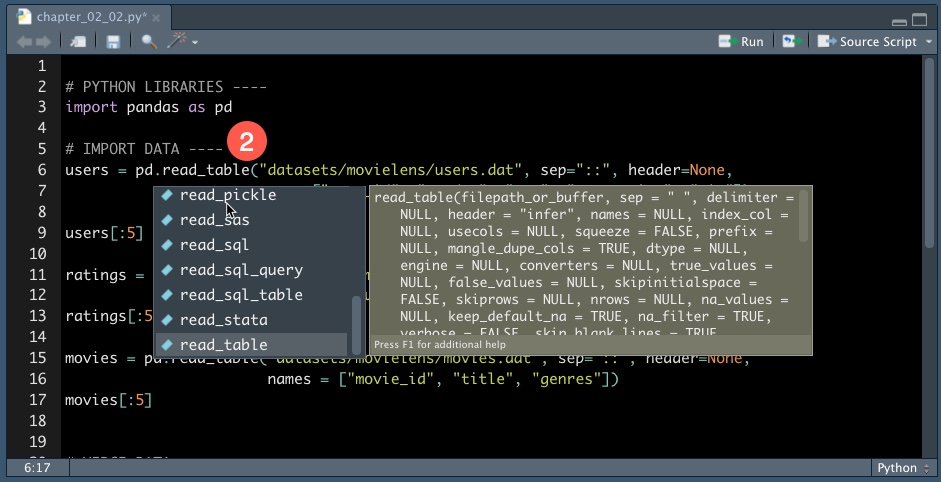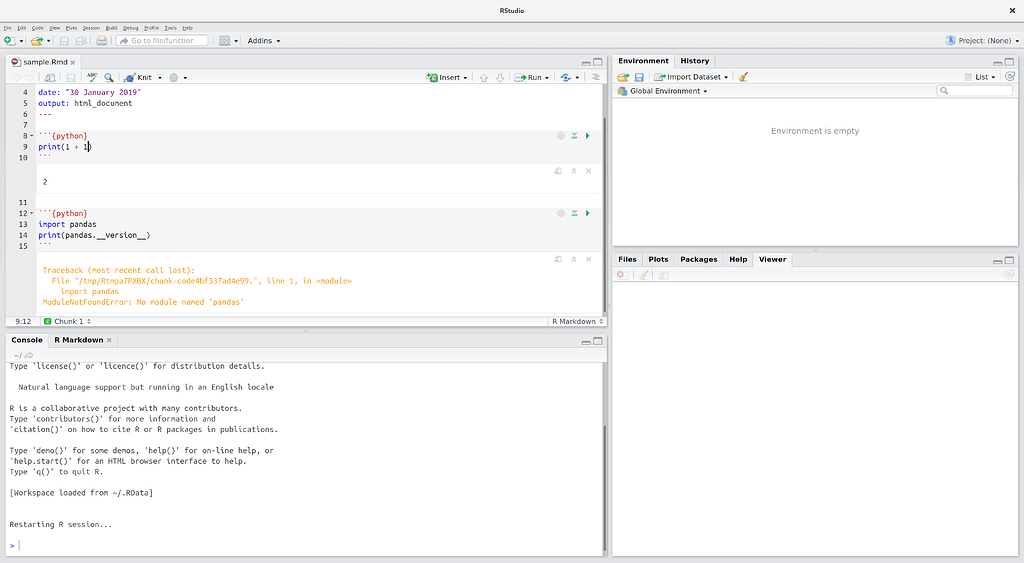
R is a programming language for statistical computing and graphics supported by the R Core Team and the R Foundation for Statistical Computing. subheader( "Map data points with `st.map()`") Yaxis_title = "median house price / $100000", scatter(data, x = "medinc", y = "medprice", size = "averooms") # Add a tickbox to display the raw data if st. rename(lowercase, axis = "columns", inplace =True)ĭata_load_state = st. # Load our data # cache the data so it isn't reloaded every time def load_data():ĭata = pd.

# streamlit_housing.py import pandas as pdįrom sklearn.datasets import fetch_california_housing

The Streamlit documentation recommends using the Pipenv environment manager for Linux/macOS. Creating a Streamlit appįirst of all we need to create a project folder and install Streamlit in a virtual environment. It’s API makes it very easy and quick to display data and create interactive widgets from just a regular Python script. Streamlit is a framework for creating interactive web apps for data visualisation in Python. In this post we will look at how to deploy a Streamlit application to RStudio Connect. RStudio Connect also supports a growing number of Python applications, API services including Flask and FastAPI and interactive web based apps such as Bokeh and Streamlit. However, despite the name, it is not just for R developers (hence their recent announcement). RStudio Connect is a platform which is well known for providing the ability to deploy and share R applications such as Shiny apps and Plumber APIs as well as plots, models and R Markdown reports.



 0 kommentar(er)
0 kommentar(er)
